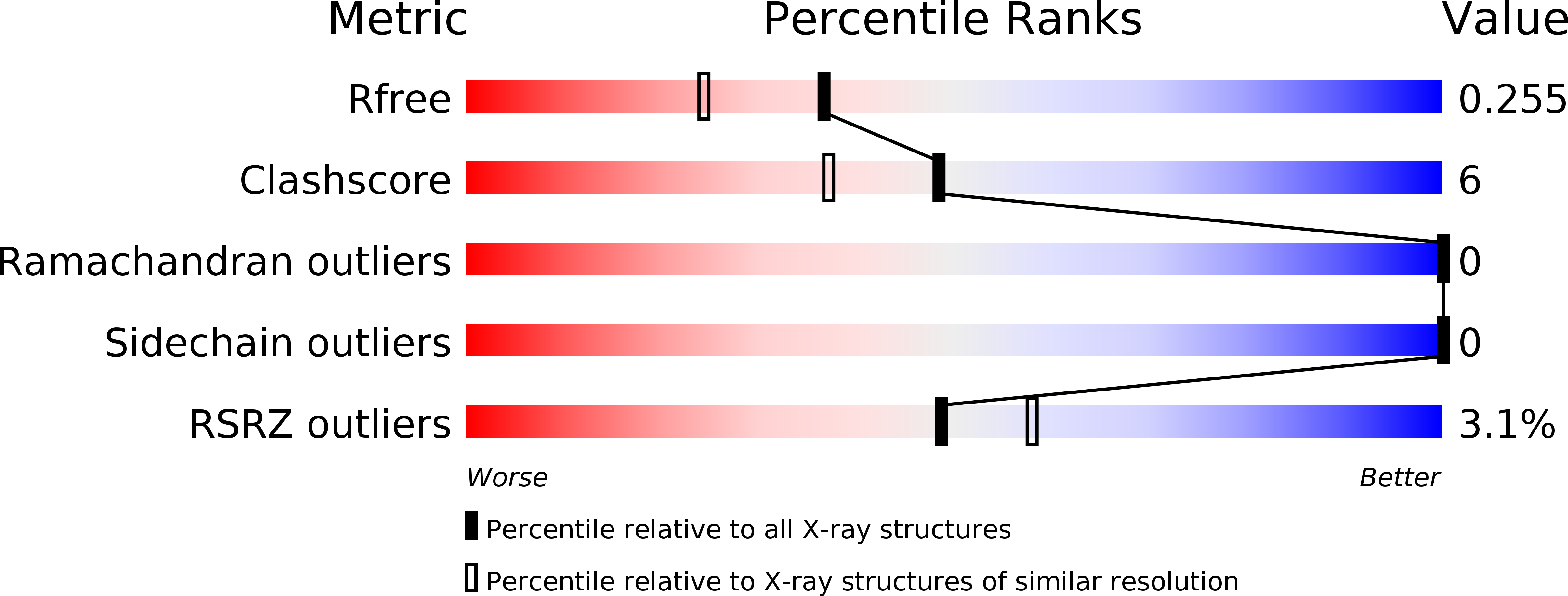
Deposition Date
2016-02-23
Release Date
2016-06-22
Last Version Date
2024-01-10
Entry Detail
PDB ID:
5ICW
Keywords:
Title:
Crystal structure of human NatF (hNaa60) homodimer bound to Coenzyme A
Biological Source:
Source Organism:
Homo sapiens (Taxon ID: 9606)
Host Organism:
Method Details:
Experimental Method:
Resolution:
1.95 Å
R-Value Free:
0.25
R-Value Work:
0.20
R-Value Observed:
0.20
Space Group:
P 1 21 1


